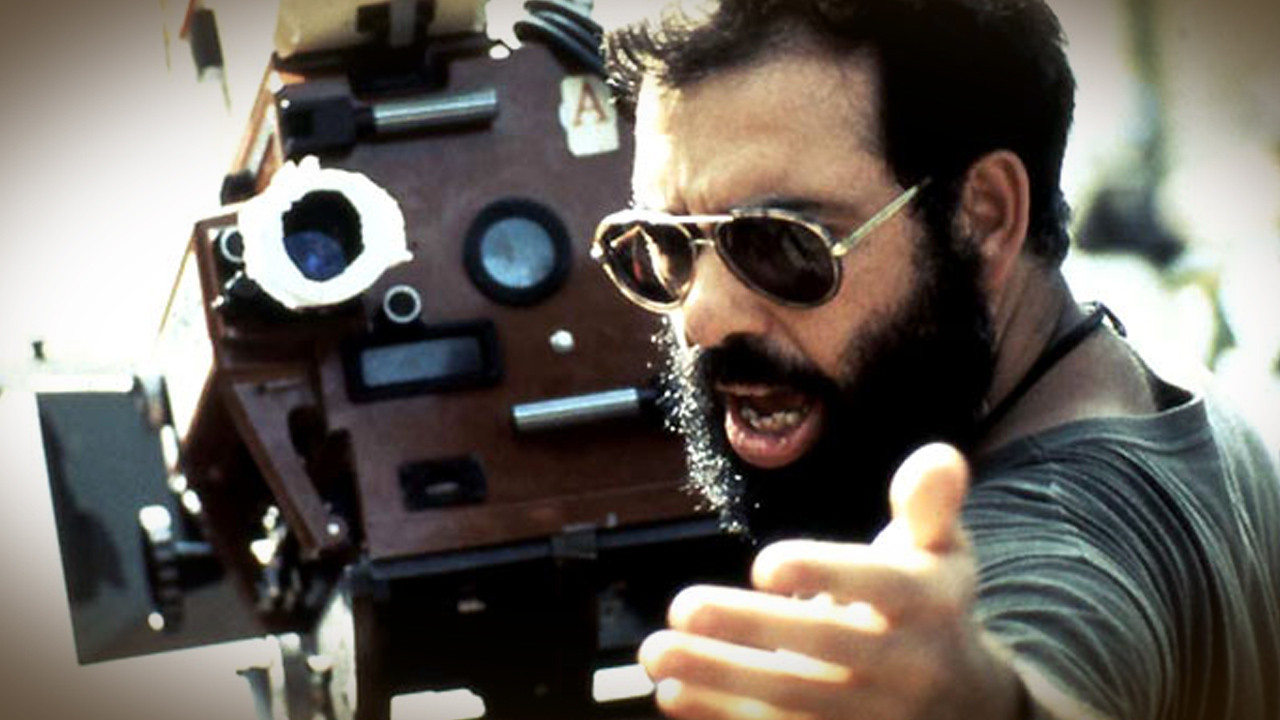
On set, a director is the person who not only takes creative control of the project but is also in charge of the cast and crew – what the director says, goes. Different directors have different methods of working and like in any line of work; some directors could be described as pretty difficult bosses to work for.
This list looks at directors who have gone a step further and have behaved appallingly on set. Some directors may be an absolute joy to work for – the following directors would almost certainly not be described that way.
1. David Fincher – on the set of Zodiac
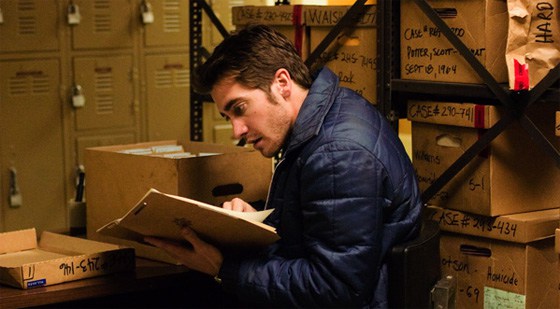
American director David Fincher first started in film as a production head, before moving up the ranks where he eventually became a director and producer. His feature directorial debut was Alien 3. He has since gone on to direct a number of films. He has been nominated for the Academy Award for Best Director twice so far in his career – for his films The Curious Case of Benjamin Button, and The Social Network.
As well as working in film, Fincher has also been involved in television and was instrumental in the creation of Netflix series House of Cards, and Mindhunter. He also directed two episodes of House of Cards and four episodes of Mindhunter.
Fincher has come to be known as a fastidious director and he has earned a reputation for putting his actors through the ringer, insisting on dozens and dozens of takes even for relatively short scenes.
Tales from the set of Fincher’s 2007 film Zodiac are probably the most notorious. Fincher implemented a ’70 takes and up’ system where he would make actors repeat takes, sometimes upwards of seventy times. Some of the cast were not happy with this process; in particular actor Jake Gyllenhaal found Fincher’s methods to be extreme. Fincher would often make Gyllenhaal do multiple takes before then erasing them in front of the actor.
Fincher later admitted to doing this as nothing more than an experiment because he was curious to see how long it would take to make Gyllenhaal cry. Gyllenhaal said that he prefers to work in a more collaborative way, and that in doing so many takes it took away from giving your best performance because you know you could always do another take.
Robert Downey Jr. also found working on Zodiac to be a trying experience. Whilst he wasn’t keen on the multiple takes, his biggest bug bear was the lacks of breaks given to cast and crew. In particular bathroom breaks were extremely limited. In protest of the lack of breaks given, Downey Jr. began leaving mason jars of urine around the set in protest.
2. Michael Bay – on the set of Armageddon
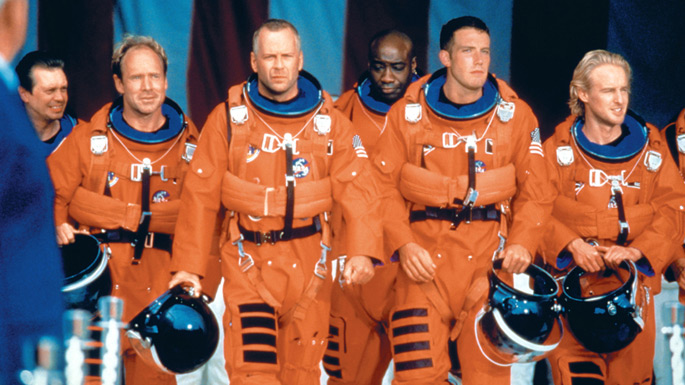
Michael Bay got his start in film at age fifteen interning with George Lucas, after which he decided that he wanted to be a director. Bay’s first feature length film was 1994’s Bad Boys. Bay has since gone on to direct a number of blockbuster films, including the Transformers series. Despite achieving massive commercial success, Bay’s films are generally held in low esteem by critics. However Bay has never been bothered by his critics, even saying “I make movies for teenage boys. Oh dear, what a crime.”
Bay’s directing style has often been the subject of controversy – with actors calling him relentless on set. It was well publicised that he and star of Transformers Megan Fox did not see eye to eye. Fox said that Bay “wants to be like Hitler on his sets.” She also described him as sexist and told of how her Transformers audition consisted of her turning up to Bay’s house and being asked to wash his Ferrari whist he filmed her.
1998’s Armageddon was the third feature film of Bay’s career. The film received generally negative reviews but went on to become the highest grossing film of 1998 worldwide. Throughout the filming of Armageddon, Bay consistently kept his actors on edge by being what Bruce Willis called “a screaming director.”
Ben Affleck in particular clashed with Bay. Early on in the filming process, Bay decided that he didn’t like Ben Affleck’s teeth, and that they were ruining every shot that they were in. Affleck was then subjected to forty hours of dentistry in one week until his teeth were up to Bay’s standards.
Another time, whilst filming a long shot of the astronauts, Bay noticed that Affleck had broken rank and was stumbling around. It turned out that Affleck’s air supply was damaged and he was looking for a rock in order to break open his visor. Bay told Affleck not to even bother complaining about it as if he did then he could easily be edited from the film.
Affleck had also questioned the plot by asking Bay if it would not have been easier for NASA to train astronauts to drill rather than training the drillers to be astronauts. Bay replied by telling him to “shut the f**k up.” After Armageddon wrapped, Willis said of Bay, “few people will work with him now, and I know I will never work with him again.”
3. Abdellatif Kechiche – on the set of Blue is the Warmest Colour
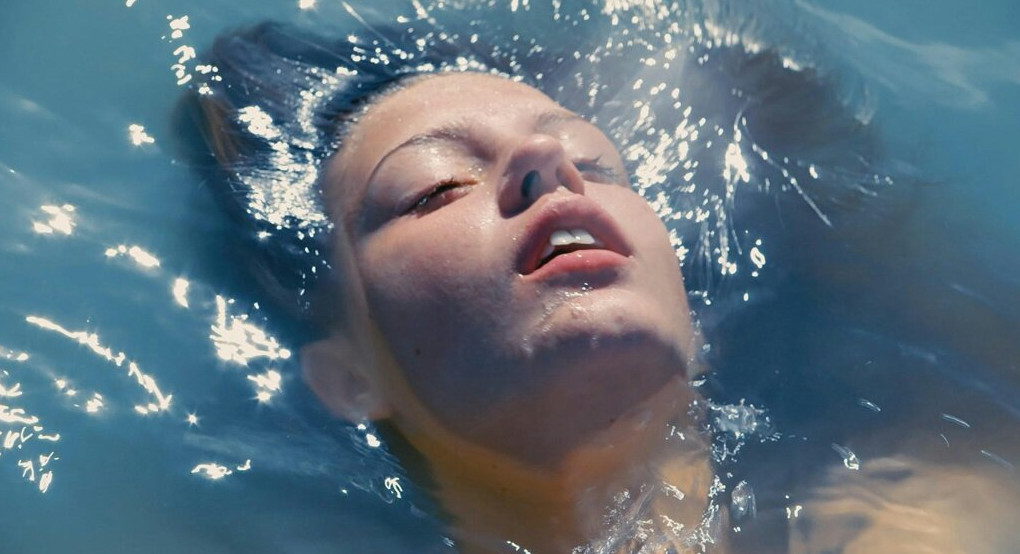
Tunisian director Abdellatif Kechiche had always been a passionate cinephile, but he never imagined that filmmaking could be a real option for him so he took up acting instead. Eventually he made his directorial debut in 2000 with the film La Faute a Voltaire.
Kechiche is probably most well-known for his film Blue is the Warmest Colour. The film unanimously won the Palme d’Or at the 2013 Cannes Film Festival. The film also won a number of other accolades and was critically acclaimed. However the film became the subject of much controversy just before its release.
A French film technicians’ union criticised Kechiche for poor working conditions and for his working methods, which it called “disorganised, unreasonable and bordering on moral harassment.” Lead actresses Adele Exarchopoulos and Lea Seydoux told press that the experience of making the film was horrible and that they would never work with Kechiche again. Both actresses said that they were uncomfortable with the way that Kechiche pushed them to their limits. Kechiche reportedly made the actresses do upwards of a hundred takes for certain scenes and would yell at them.
They were also unhappy with the way that the sex scenes were filmed, with Seydoux claiming that she had felt like “a prostitute.” Usually sex scenes are choreographed, which helps desexualise them for the actors involved. However Kechiche would not allow the scenes to be choreographed.
The production of Blue is the Warmest Colour overran from the planned two and a half months to five months and many felt this was due to Kechiche’s behaviour. Even with the many accusations fired against him, including being chaotic and tyrannical, Kechiche doesn’t see any problems with his methods. He said “Either you want to see something that’s prefabricated, mapped out, pre-programmed – or you see cinema as a real opportunity to create, like painting or literature.
4. Lars Von Trier – on the set of Dancer in the Dark
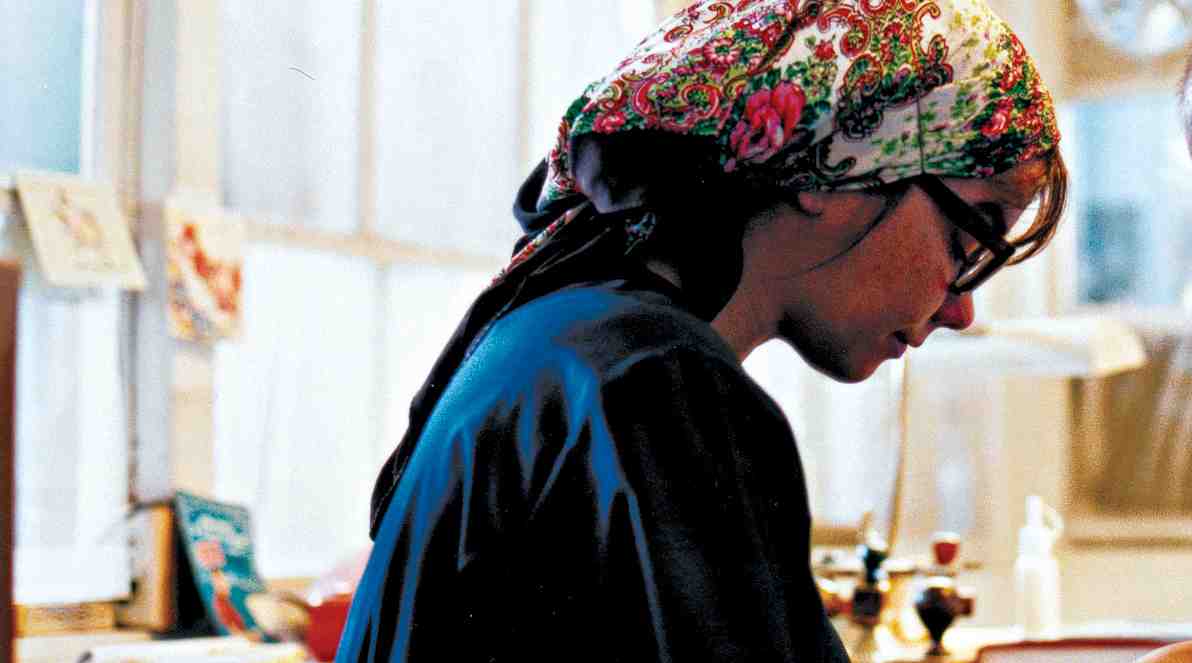
Danish film director Lars Von Trier has had a career spanning almost four decades. He began making films as a child using a Super 8 camera; he then went on to study film at the Danish Film School, before going on to direct. His breakthrough film was 1984’s The Element of Crime, which won a number of awards.
Von Trier has always been a controversial figure and has never shied away from making contentious comments. Whilst promoting his 2011 film Melancholia, Von Trier told press “I am a Nazi” and “I understand Hitler.” These comments saw him banned from the festival for seven years.
2000’s Dancer in the Dark is the third film in Von Trier’s ‘Golden Heart Trilogy. It premiered at the 2000 Cannes Film Festival and even though it polarised critics, it won the Palme d’Or. Lead actress Bjork hated the experience of working with Von Trier. She and Von Trier fought so much that she refused to come on set for three days, and there was always hostility between them. Bjork even went on later to say that Von Trier had sexually harassed her during production of the film.
In a post on social media, the singer and actress said she “became aware” that “it is a universal thing that a director can touch and harass his actresses at will and the institution of film allows it.” She went on to say that “When I turned the director down repeatedly he sulked and punished me.” Von Trier denied the allegations but admitted “We were definitely not friends, that’s a fact. “
He went on record as saying his one regret of the film was that he “wasn’t meaner” to her. Bjork wrote a letter to Nicole Kidman, who was due to star in Von Trier’s 2003 film Dogville, urging her not to work with Von Trier. Although Kidman went on to star in the film, afterwards she vowed never to work with Von Trier again.
5. William Friedkin – on the set of The Exorcist
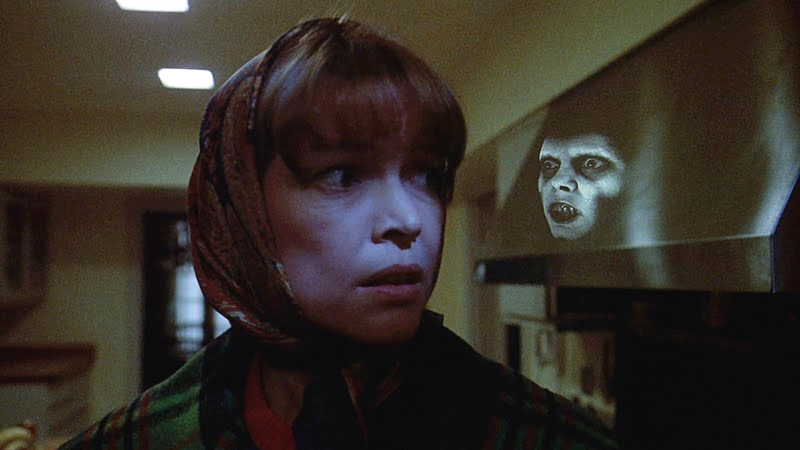
William Friedkin left high school without graduating and got a job in the mailroom of a local television station. Whilst there he worked his way up to studio floor manager, before turning his hand to making a documentary about a man on death row. The success of this documentary led on to more directing work for Friedkin.
In 1965, Friedkin directed an episode of The Alfred Hitchcock hour. Hitchcock infamously berated Friedkin for not wearing a tie whist he directed. In 1971, Friedkin’s film The French Collection was released to critical acclaim and won five Academy Awards. This success led on to 1973’s The Exorcist.
Friedkin’s tantrums and blow-ups are well-known and he is seen as one of the wildest directors of the seventies. When he wasn’t firing people (at one time he fired over seventy people in one go), he was frequenting prostitutes. But it is his antics on the set of The Exorcist that are most remembered.
Friedkin went to extreme lengths to get the reactions that he wanted from his actors. Linda Blair and Ellen Burstyn were put in harnesses and Friedkin asked the crew to yank them around violently. Bot of the actresses’ screams of pain were used in the film. Burstyn also suffered a back injury when a stuntman used a special effects cable to yank her around in another scene. She landed on her coccyx and again her screams of genuine pain were used in the final film.
Friedkin also fired blanks on set without warning to elicit shock and terror from his actors. Friedkin offended the Catholic members of his crew, after he slapped Father William O’Malley hard across the face in order to use his emotional reaction in a scene involving the last rites. He also had the set of Regan’s bedroom built inside a freezer. This enabled the actors’ breath to be seen on camera, but required the crew to dress up in cold weather gear.